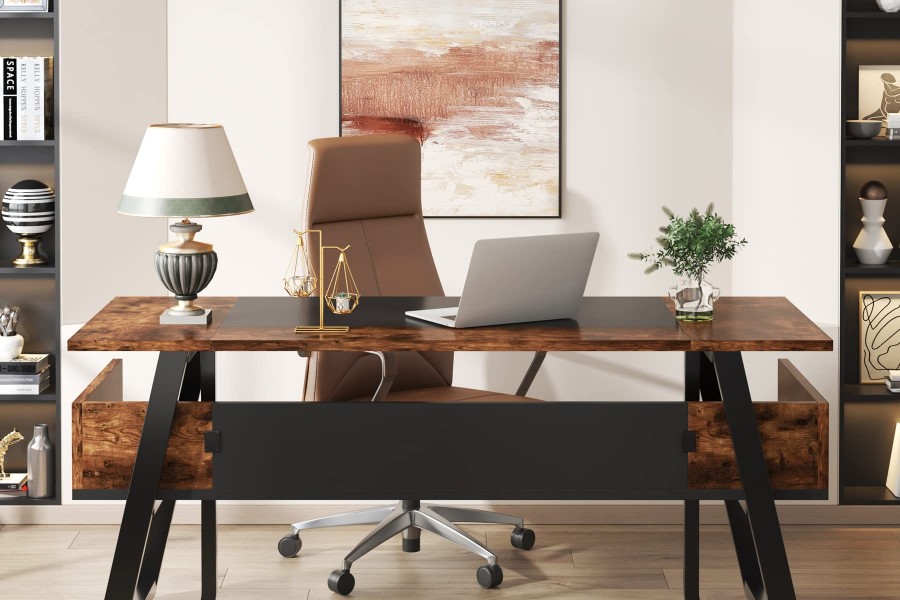 The importance of first impressions cannot be overemphasized. It may surprise you to learn that lighting has a greater impact on the hospitality industry than you think.
The importance of first impressions cannot be overemphasized. It may surprise you to learn that lighting has a greater impact on the hospitality industry than you think.
The cuisine can be delectable, and the beverages can be properly cold, but if the lighting isn’t quite right, the client will go away disappointed. And there is research that backs up this claim. Bar and restaurant lighting should be taken carefully since time equals money, and so should be taken seriously. Let’s take a look at how light may be used to create the best possible customer experience. Her 10 golden guidelines are as follows:
1. Focus on Lighting in Your Design
Lighting is sometimes an afterthought that is tossed in at the last minute before a venue opens its doors. However, it makes more sense to take everything into consideration at the same time. Lighting design is also influenced by a variety of other elements, such as the location of electrical outlets and the layout of the venue. Consider the case of tables. Installing pendant lights above individual tables, particularly in restaurants, is a highly effective method to draw attention to certain areas. In the absence of meticulous preparation, it may only be possible to install lights over specific tables.
2. Use Multiple Light Layers
Different lights may be used for a variety of purposes. To begin, ambient lighting should be used throughout the space. This is the primary source of light in a bar or restaurant, and it provides the majority of the overall illumination. When used as diffuse surface-directed illumination, it can also provide the illusion of taller ceilings or broader walls when they are not. Then there’s task lighting to consider. In locations where work must be done, such as the cash register or the kitchen, these fixtures are installed to facilitate that process. After that, there is accent lighting. This is generally accent lighting that focuses the viewer’s attention to a specific element of the architecture. Back bar lighting, as well as up-lighting on walls or columns, is included in this package. Finally, the exciting part begins! Both ornamental lighting and effect lighting are important in creating a unique atmosphere in a pub or restaurant. The importance of functionality is less important here; it is more about expressing one’s own personal style.
3. Guide Visitors Through Your Venue
When someone walks into a space, they should be able to tell within the first few seconds where they are and what they are looking for. It is necessary to be oriented. When directing visitors throughout a venue, light may help them navigate the space by bringing their attention to different focus points or regions. The creation of focal points is accomplished by the use of contrasts in brightness, most often between accent lighting and ambient lighting. Although recommendations vary, a contrast ratio of 5:1 between accent and background is a decent starting point for making objects stand out.
4. Be In Line With Your Style
Each bar and restaurant has its own distinct design aesthetic. When planning your location, three things should be taken into consideration: the concept, the target audience, and the space available. For example, a small bar may simply require accent lighting to draw attention to specific tables and to highlight the features of the commercial chairs that you have, but a bigger room may require illumination to distinguish and separate various parts.
5. Set The Right Mood
The importance of lighting in creating a mood cannot be overstated. Warm, inviting light, especially in cooler regions, is often considered to be the most comfortable type of lighting. Warm light is typically defined as light that has a Kelvin temperature of fewer than 3000 degrees Fahrenheit. Dimmer switches provide an element of versatility to a space, allowing the brightness of space to be altered in order to generate a variety of moods. Additional assistance to the process can be provided by automated control systems, which allow for different settings to be preset depending on the time of day or year.
6. Use Color With Care
The lighting at bars and nightclubs is usually different from that in restaurants. Due to the fact that bars are often intended to be places of entertainment, it is more customary for them to experiment with color. Restaurants, on the other hand, frequently demand more restrained lighting in order to create a more calm atmosphere. Of course, this changes depending on the topic being discussed. The use of color in branding is also common, and it is an excellent method to introduce new brand colors. Keep in mind that you should not overdo it.
7. Show The True Color Of Food And Drinks
Color rendering, which should not be confused with colored lighting, is the capacity of a light source to show the real colors of diverse objects when illuminated by it. Color rendering qualities of a lamp are expressed as an index, with lower scores indicating poorer color rendering properties of light. The maximum possible score is 100. In restaurants and kitchens, a minimum score of 80 is necessary, with a better score of 90 being preferred. The incorrect use of the color rendering index might result in the visual impression of food and beverages not reaching their full potential, which could have a significant influence on the customer experience.
8. Pay Attention To Customer Comfort
Regardless of how odd or experimental a bar’s design may be, a certain level of comfort should always be provided as a minimum. Guests must always be able to read the menu and view their meal when they are in the restaurant. Aside from this, direct glare should be avoided by positioning lighting beyond the normal field of view. Make sure to be on the lookout for light that may be reflected in people’s vision from reflective surfaces or mirrors. Dispersers such as frosted glass or textiles might be beneficial in this situation.
Conclusion
The current design scene is characterized by a return to the fundamentals. The light sources have been made available by removing the lampshades and suspending cords from the ceiling. Retro-style light bulbs with an exposed filament are quite popular since the bulbs themselves serve as a design component rather than a decorative element. Non-decorative lighting is rapidly being replaced with LEDs in pubs and restaurants, which allows them to save money while also lowering the need for maintenance. Both of these tendencies are expected to remain there for a long time.
Become a Harlem Insider!
By submitting this form, you are consenting to receive marketing emails from: . You can revoke your consent to receive emails at any time by using the SafeUnsubscribe® link, found at the bottom of every email. Emails are serviced by Constant Contact








